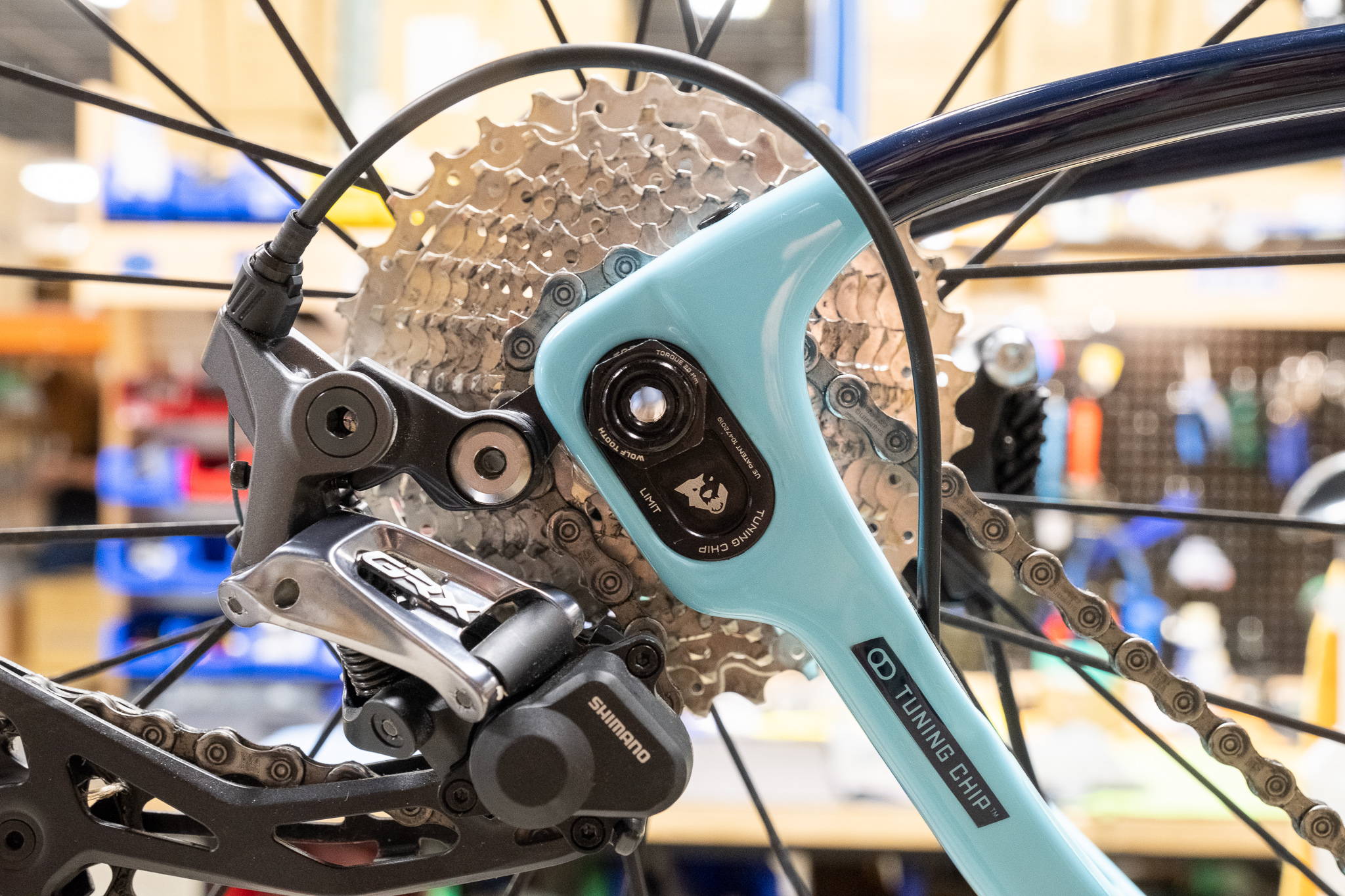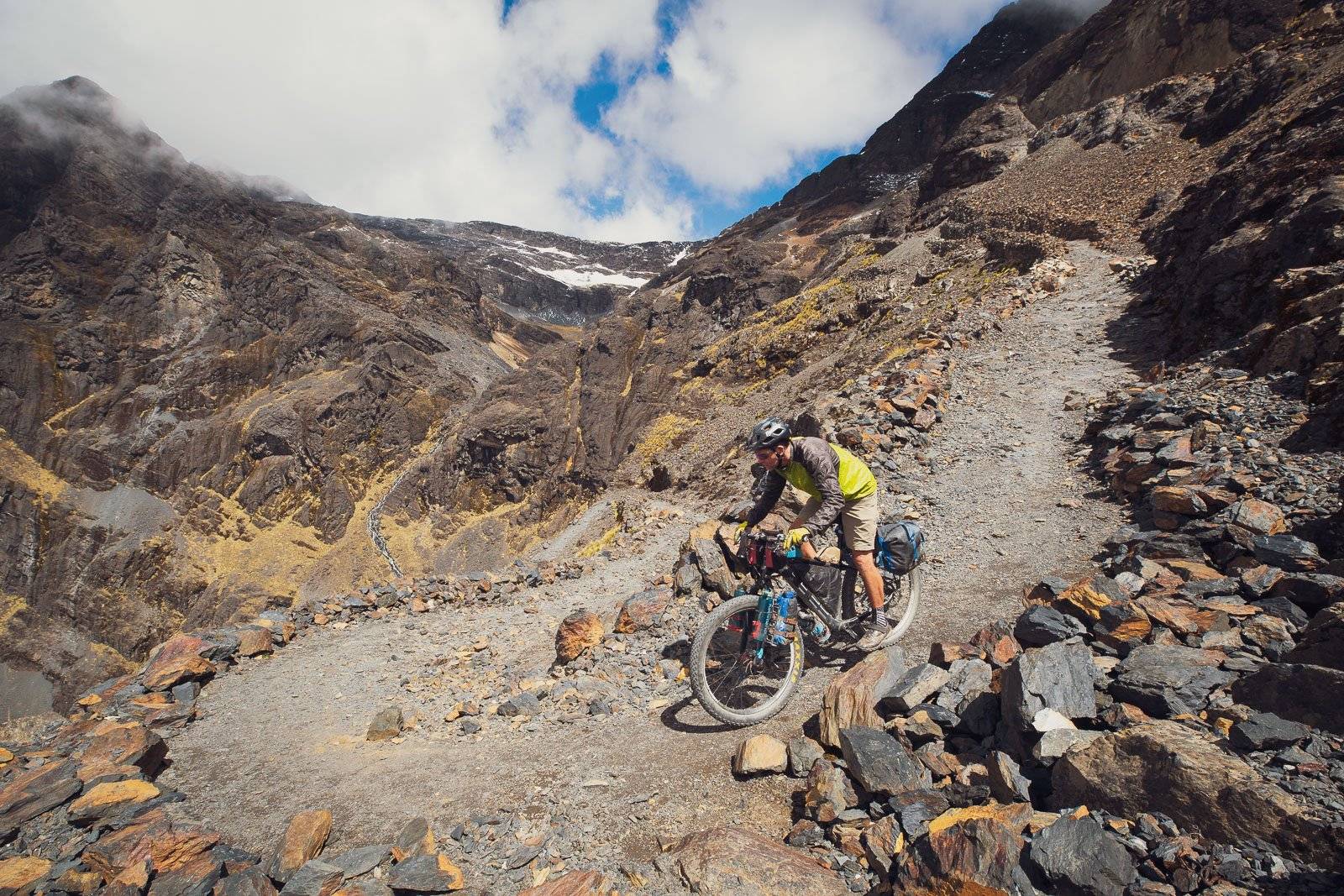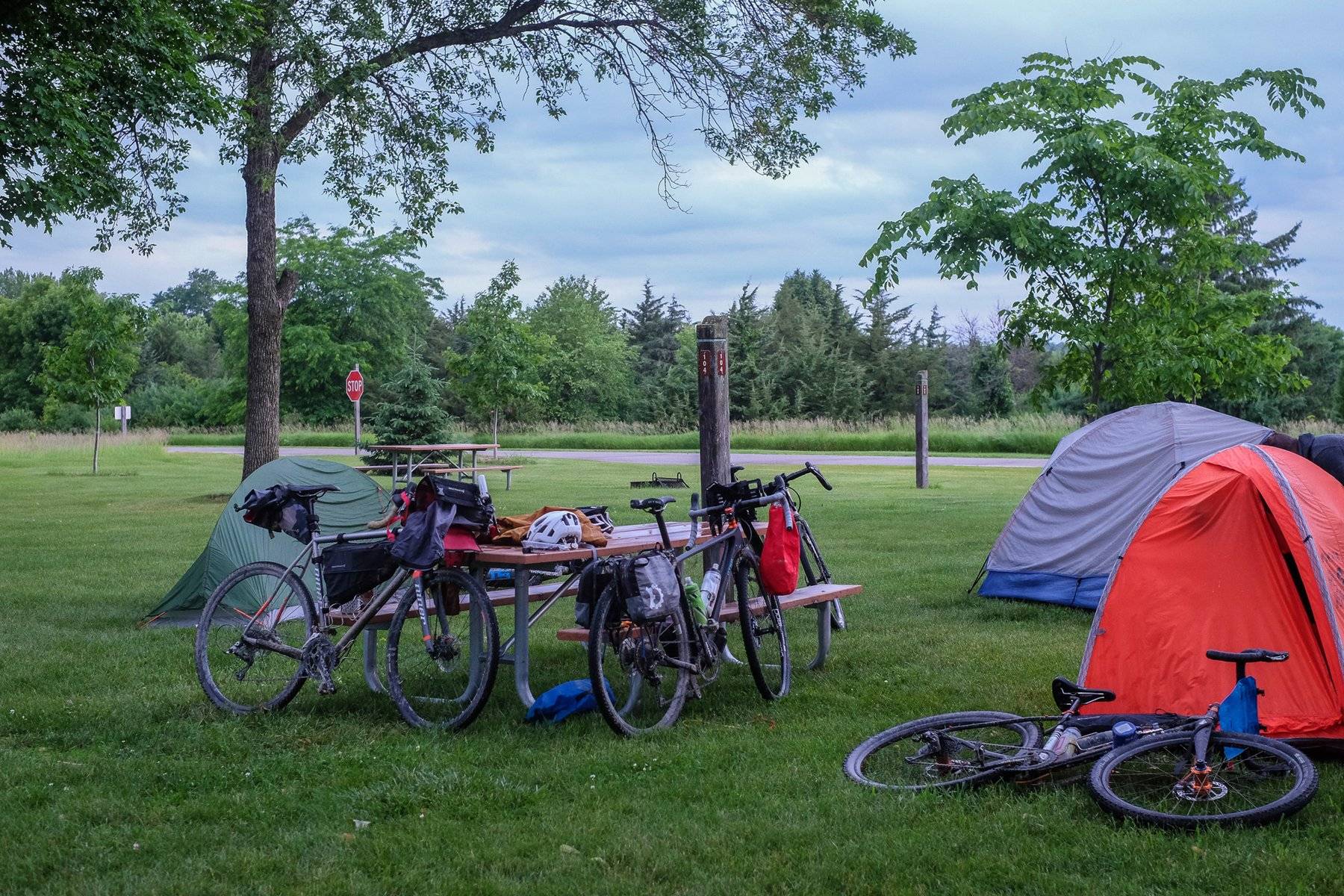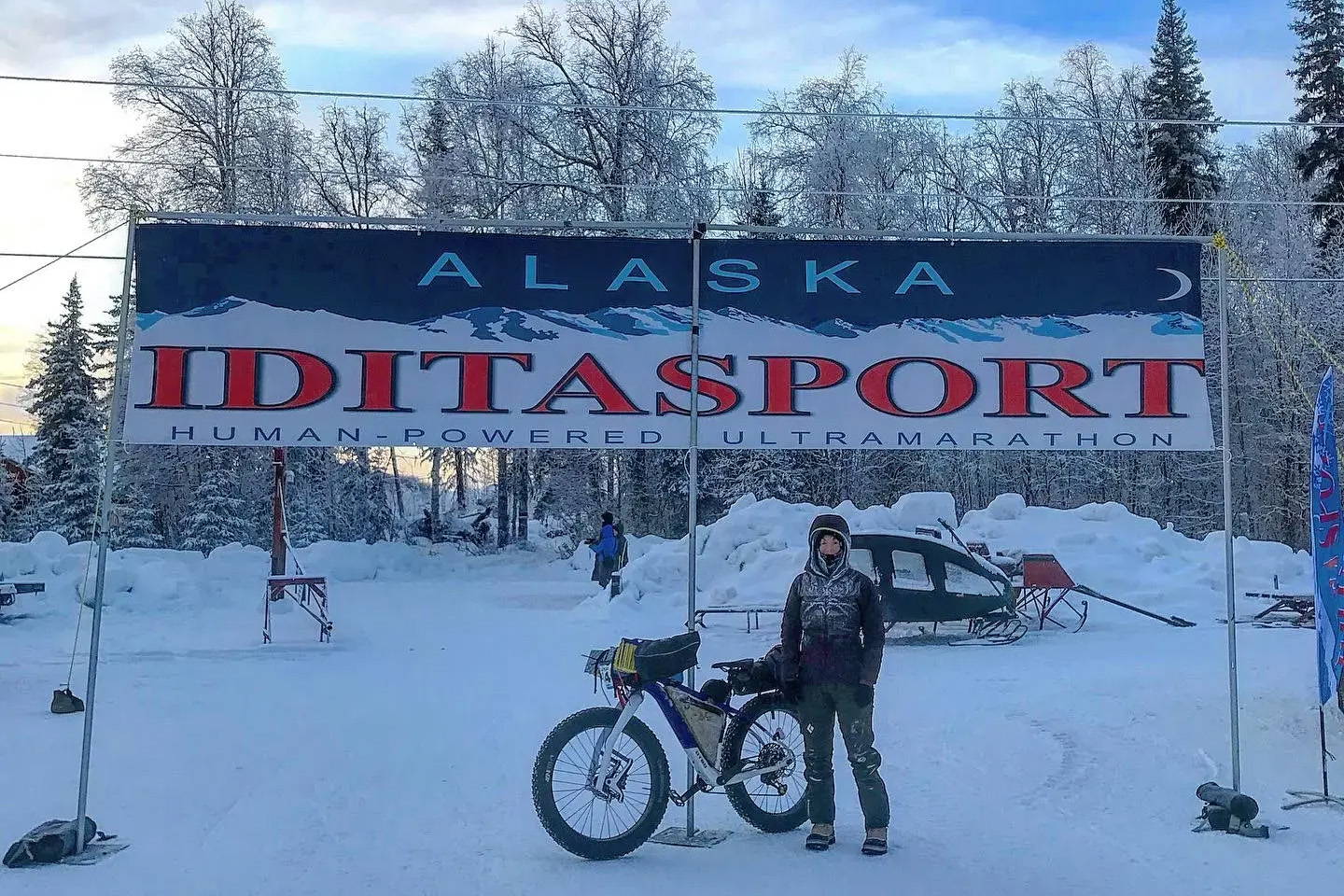Otso Journal
- All
- alaska
- andrew onermaa
- bikepacking
- Brenda Croell
- Dylan Morton
- Fenrir
- Fenrir Stainless
- gear
- kira minehart
- north south colorado
- otso cycles
- pierce martin
- rachel heath
- review
- sagar gondalia
- shop tour
- single speed
- Sky Island Loop
- taylor kennedy
- tech
- tech guide
- tour divide
- tuning chip
- Unbound Gravel
- Voytek
- Waheela C
- Waheela S
- Warakin
- warakin ti
- wheela c rack hardware kit
- wolf tooth
Tuning Chip Technology on Otso Bicycles: Everything You Need To Know
Traversing the Andes on the Otso Voytek: Bikes and Gear
My First Ultramarathon: Highlights from the Iditasport 2020




